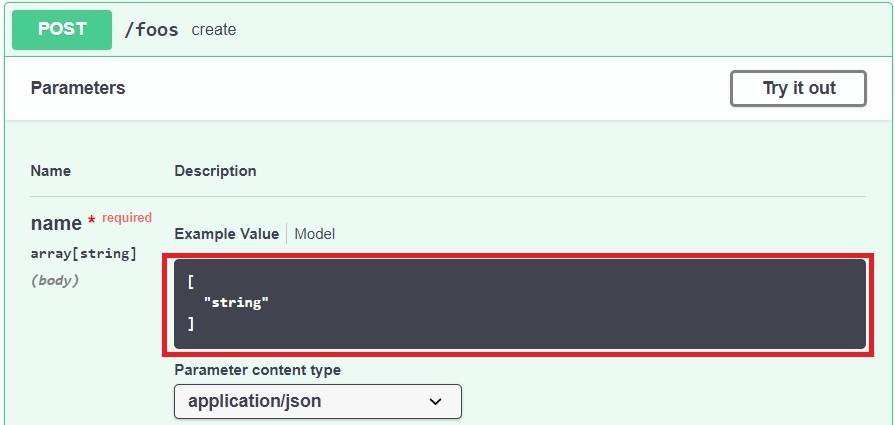

#Swagger editor install
To build and run a docker image with the code checked out on your machine, run the following from the root directory of the project: # Install npm packages (if needed) This will run Swagger Editor (in detached mode) on port 80 on your machine, so you can open it by navigating to in your browser. To use this, run the following: docker pull swaggerapi/swagger-editorĭocker run -d -p 80:8080 swaggerapi/swagger-editor There is a docker image published in DockerHub. Importing specs from a URL is not implemented.The integration with the codegen is still missing.Everything listed in Swagger UI's Known Issues.
#Swagger editor update
This list will update regularly, and will not include features that were not implemented in previous versions. To help with the migration, here are the currently known issues with 3.X. Swagger Editor works in the latest versions of Chrome, Safari, Firefox, Edge and IE11. If you'd like to make code changes to Swagger Editor, you can start up a Webpack hot-reloading dev server via npm run dev. Otherwise, you can open index.html directly from your filesystem in your browser. If you have Node.js and npm installed, you can run npm start to spin up a static server. If you're building a single-page application, using swagger-editor is strongly recommended, since swagger-editor-dist is significantly larger.įor the older version of swagger-editor, refer to the 2.x branch.
#Swagger editor full
Valid Swagger JSON descriptions can then be generated and used with the full Swagger tooling (code generation, documentation, etc).Īs a brand new version, written from the ground up, there are some known issues and unimplemented features. Swagger Editor lets you edit Swagger API specifications in YAML inside your browser and to preview documentations in real time. 🕰️ Looking for the older version of Swagger Editor? Refer to the 2.x branch.


 0 kommentar(er)
0 kommentar(er)
